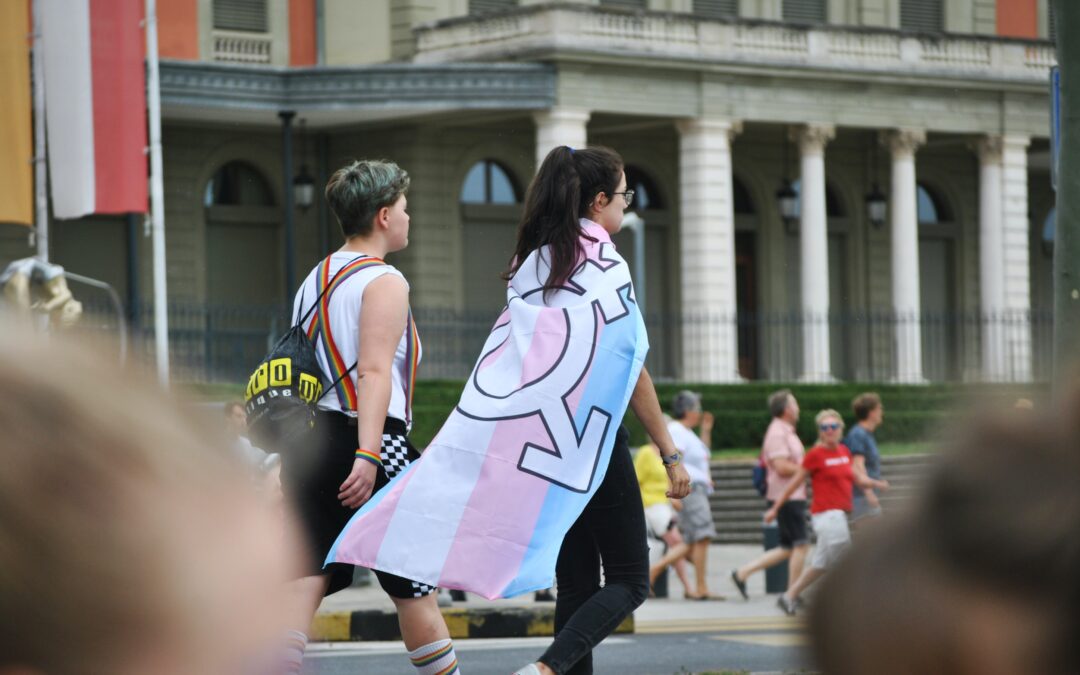Gender identity is a personal and deeply felt experience that involves an individual’s sense of themselves as male, female, or somewhere in between. While the traditional view of gender has been limited to binary male and female identities, the reality is far more complex. Today, there are numerous types of gender identities recognized and acknowledged by society. Here, we’ll explore some of the most common types of gender identities.
- Male: A male gender identity is typically associated with individuals who identify as men or boys.
- Female: A female gender identity is typically associated with individuals who identify as women or girls.
- Non-Binary: Non-binary individuals do not identify as exclusively male or female. Instead, they may feel like a mixture of both or something entirely different.
- Genderqueer: Genderqueer individuals often identify outside of the binary male/female categories and may have a gender identity that is fluid and flexible.
- Transgender: Transgender individuals are those whose gender identity does not match the sex they were assigned at birth.
- Bigender: Bigender individuals identify as having two distinct gender identities or expressions.
- Androgynous: Androgynous individuals identify as having a gender expression that is neither exclusively male nor female.
- Demigender: Demigender individuals identify partially with a specific gender identity and partially with another identity or lack of identity.
- Agender: Agender individuals do not identify with any gender.
It’s important to remember that gender identity is a deeply personal experience and can be influenced by a range of factors, including culture, upbringing, and personal preferences. Everyone deserves to feel accepted and valued for who they are, regardless of their gender identity.
By acknowledging and respecting the diversity of gender identities, we can create a more inclusive and accepting society where everyone feels valued and accepted for who they are.



